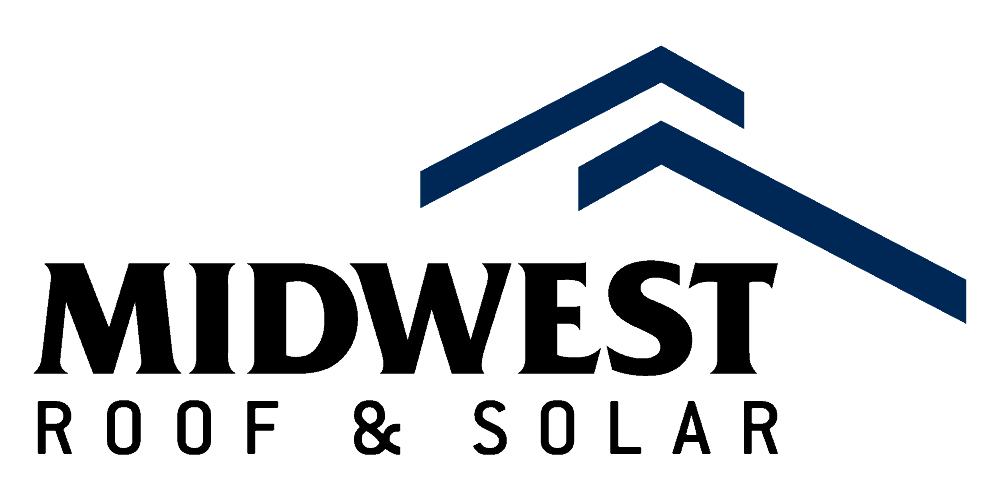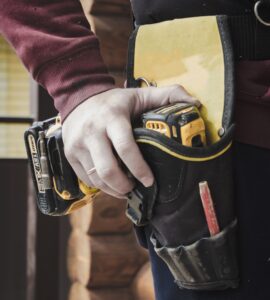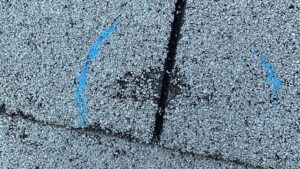Living in a hail alley implies your home is more likely than not to get caught in a hail storm.
When a hail storm strikes, homeowners typically fear that their insurance will increase if they file a claim, or they hope for the best, which is that their insurance will cover any hail damage.
The good news is that hail damage is usually covered by insurance if you file a claim within the appropriate time frame after the storm hits your home. Unfortunately, filing a claim for hail damage may result in a rise in your premiums.
Some firms factor in the frequent occurrence of hail and are already preparing for incoming hail damage by charging a higher premium for residences caught in “Hail Alley.”
In this situation, filing an insurance claim should not result in an increase in your rate. It may, however, rise if frequent claims are made.
Let’s look at the factors that impact whether or not filing a hail claim will cause your premiums to rise.

What’s Your Region?
Is hail a rare occurrence in your area? Your homeowners insurance company most likely did not account for this in your quote. In that instance, filing a claim will almost certainly result in an increase in your rate. Continue reading to see if this is worthwhile for you.
Do you live in a region prone to hailstorms, also known as hail alley? Placing a claim should have no effect on your rate because the insurance company should have previously factored in this financial loss.
On FEMA’s National Risk Index, there is a central strip running along the center of the United States that is deemed to be at very high risk for hail. There is also a severe hail valley that includes Colorado, Nebraska, and Wyoming.
Other parts of the country, however, are prone to hail. In addition, anyone living in a known hail zone should be allowed to file a claim for insurance compensation without incurring a rate rise.
What Are Your State’s Laws?
Some states safeguard their residents by forbidding insurance firms from raising rates in the aftermath of such a claim. Texas is well-known for prohibiting insurance companies from boosting rates after a single claim. However, not all states provide this service. Check your state’s laws.
Insurance consumer protection laws usually prevent insurance companies from raising rates when:
· a single claim is made
· a denied claim is made (you don’t get compensation)
· a claim inquiry is made, but not filed
· a claim is made due to regularly covered perils like weather, natural disasters, and Acts of God
What’s Your State’s History?
Insurance companies in some areas have been known to raise premiums across the board the year after a significant amount of hail falls. Sadly, Nebraska, a classic wind-and-hail state, is one of these.
If you reside in an area that experiences a high level of hail damage in a given year, you can expect your insurance premiums to rise the following year. And whether or not you submit a claim, your premiums are going to rise.
In order to recoup their losses, an insurance company may raise all rates paid in your area.
How Frequently Have You Made a Claim?
After one claim, an insurance provider may not raise your premiums. However, if you file two, three, or four claims within three years, your premiums are likely to rise.
Have you lately made any claims? If you placed a large one during the last three years, it may not be worth it to create another, depending on the extent of the damage.
Insurance firms use a database called the Comprehensive Loss Underwriting Exchange to track claims made over a seven-year period. Every claim made against your property is recorded in this database, and all insurance companies have access to it.
This is why prior homeowners’ or other insurance companies’ claims can have an impact on your rate.
Every 12 months, you can get a free C.L.U.E. report to check what’s on it.
What’s Your Wind and Hail Deductible?
For wind and hail damage, some insurance providers offer a higher deductible. Does it match yours? Before filing a claim, don’t assume you’ll get the standard level of coverage.
Examine your insurance policy. Check the deductible terms as well as any tiny print. It’s also a good idea to look up your insurance company’s hail damage coverage conditions and what other homeowners have encountered.
Wind and hail deductibles are determined by some insurance carriers and might be flat or percentage-based. This means that a 5% windstorm deductible on a $250,000 home will leave you paying $12,500 before insurance kicks in.
Is Going Through Insurance Worth It?
Hail damage must always be corrected. If water continues to flow through damaged sections, even minor damage can quickly escalate into a significant roofing repair.
Is it, however, worthwhile to involve your insurance provider? When the roof has been extensively damaged, the answer is usually a simple “yes.”
Small repair work, on the other hand, may not be worth claiming. Roofing repairs that cost several thousand dollars may not be worth going through insurance for.
Here are a few things to think about:
· What’s the estimate?
· What’s your hail deductible?
· How much will the insurance company cover?
· Is insurance covering that much more than you would pay?
· Have you made recent claims? If so, will paying a higher premium rate over a few years cost more than the repair?
How Much Will the Repair Cost?
Repairing hail damage isn’t necessarily a difficult task. Individual shingles can be replaced, and isolated areas of damage can be re-roofed. This type of spot therapy can be reasonably priced.
The bigger the damage, the more it will cost. This generally depends on a few factors:
· how bad the storm was
· the hail size
· how old/well-maintained the roof is
· how hail resistant the roofing material is
According to one roof work calculator, the cost of restoring every 100 square feet ranges from $550 to $1,550. It all depends on how bad the harm was.
After a storm, it’s recommended to call a local roofer for a hail damage inspection. Hail damage, such as minor dents, granule loss, and fading, can go undetected, but failing to repair it makes the roof more vulnerable to future storms.
Ask Your Trusted Local Roofers About Hail Repair and Homeowners Insurance Advice
Trying to decide whether or not to make a hail damage claim? A trusted local roofer is your best friend. That’s us a Midwest Roof and Solar.
We’ve done roofing work in the local Minneapolis, Minnesota area for over 20 years. We understand hail damage and get how the insurance companies work around here.
Ask us for a hail damage roof inspection. We’ll tell you how bad the damage is, provide an estimate on what the repair costs will be, and let you know whether or not insurance may be worth it.





